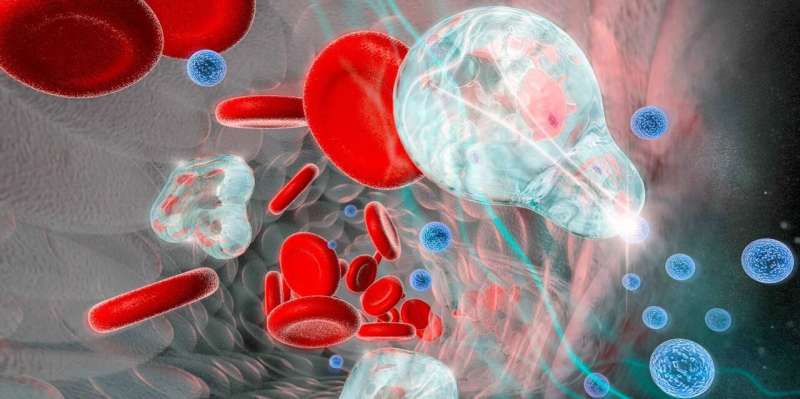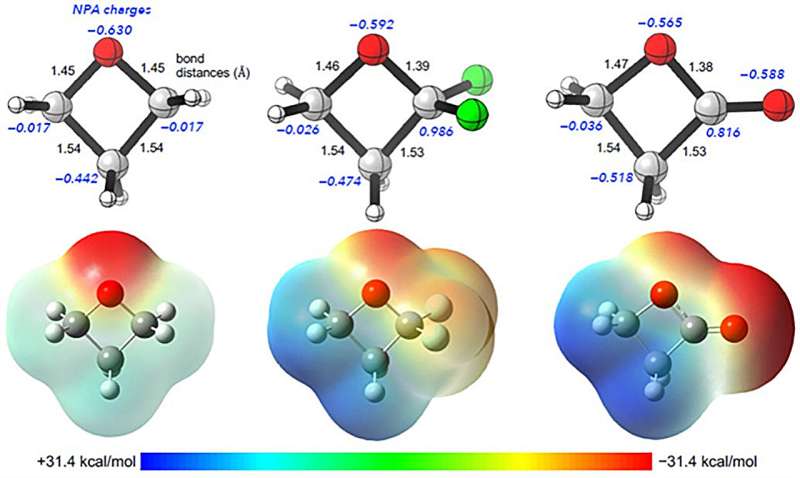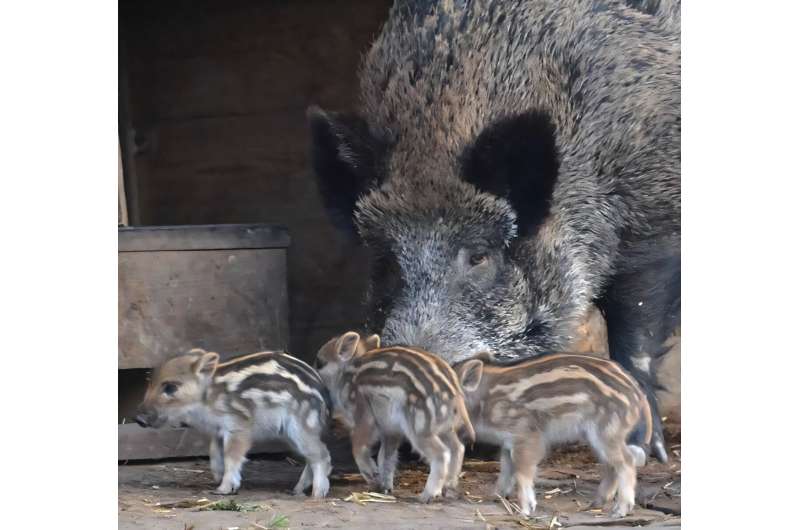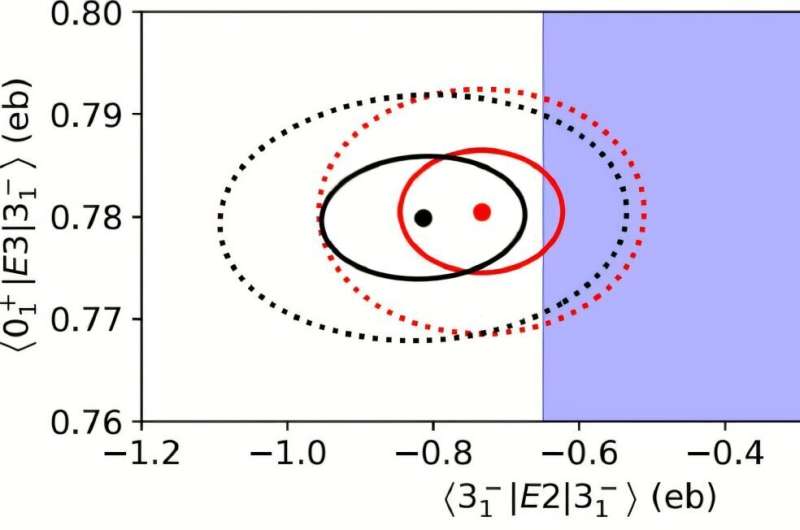Edit Content
Trending






Can artificial intelligence help us understand what animals feel? A pioneering study suggests the answer is yes. Researchers from the Department of Biology at the University of Copenhagen have successfully trained a machine-learning model to distinguish between positive and negative emotions in seven different ungulate species, including cows, pigs, and wild boars. By analyzing the acoustic patterns of their vocalizations, the model achieved an impressive accuracy of 89.49%, marking the first cross-species study to detect emotional valence using AI.
“This breakthrough provides solid evidence that AI can decode emotions across multiple species based on vocal patterns. It has the potential to revolutionize animal welfare, livestock management, and conservation, allowing us to monitor animals’ emotions in real time,” says Élodie F. Briefer, Associate Professor at the Department of Biology and last author of the study.
The work is published in the journal iScience.
By analyzing thousands of vocalizations from ungulates in different emotional states, the researchers identified key acoustic indicators of emotional valence. The most important predictors of whether an emotion was positive or negative included changes in duration, energy distribution, fundamental frequency, and amplitude modulation. Remarkably, these patterns were somewhat consistent across species, suggesting that fundamental vocal expressions of emotions are evolutionarily conserved.
The study’s findings have far-reaching implications. The AI-powered classification model could be used to develop automated tools for real-time monitoring of animal emotions, transforming the way we approach livestock management, veterinary care, and conservation efforts. Briefer explains, “Understanding how animals express emotions can help us improve their well-being. If we can detect stress or discomfort early, we can intervene before it escalates. Equally important, we could also promote positive emotions. This would be a game-changer for animal welfare.”
Key findings include:
To support further studies, the researchers have made their database of labeled emotional calls from the seven ungulate species publicly available.
“We want this to be a resource for other scientists. By making the data open access, we hope to accelerate research into how AI can help us better understand animals and improve their welfare,” Briefer concludes.
This study brings us one step closer to a future where technology allows us to understand and respond to animal emotions—offering exciting new possibilities for science, animal welfare, and conservation.
More information:
Romain A. Lefèvre et al, Machine learning algorithms can predict emotional valence across ungulate vocalizations, iScience (2025). DOI: 10.1016/j.isci.2025.111834
Provided by
University of Copenhagen
Citation:
Decoding emotions in seven hoofed species with AI (2025, February 21)
retrieved 22 February 2025
from https://phys.org/news/2025-02-decoding-emotions-hoofed-species-ai.html
This document is subject to copyright. Apart from any fair dealing for the purpose of private study or research, no
part may be reproduced without the written permission. The content is provided for information purposes only.
©2024. Livebuzznews. All Rights Reserved.